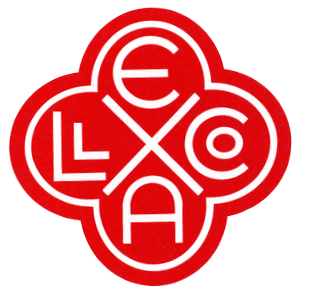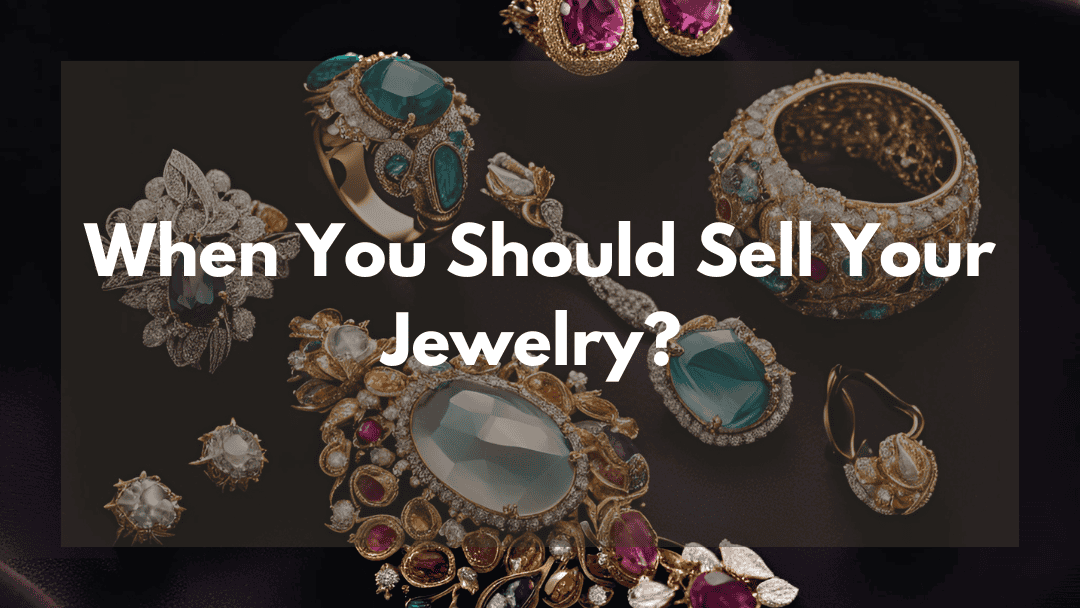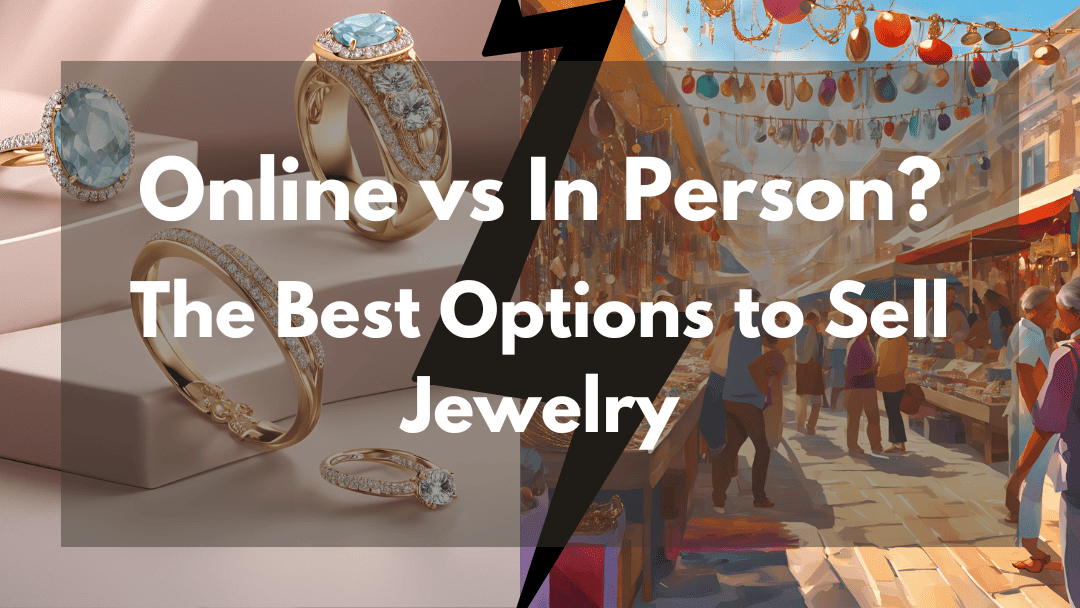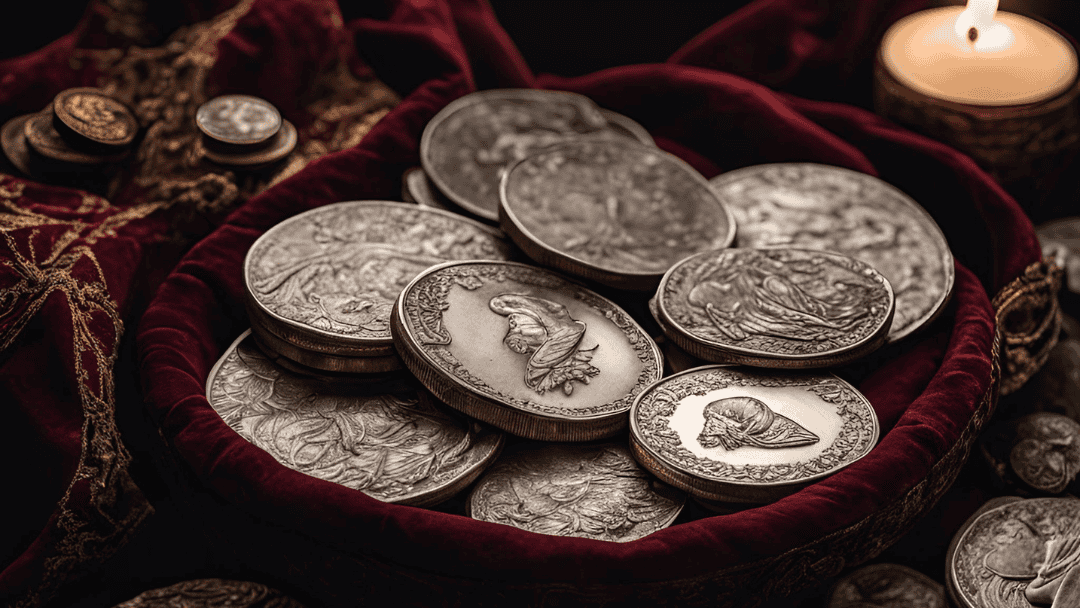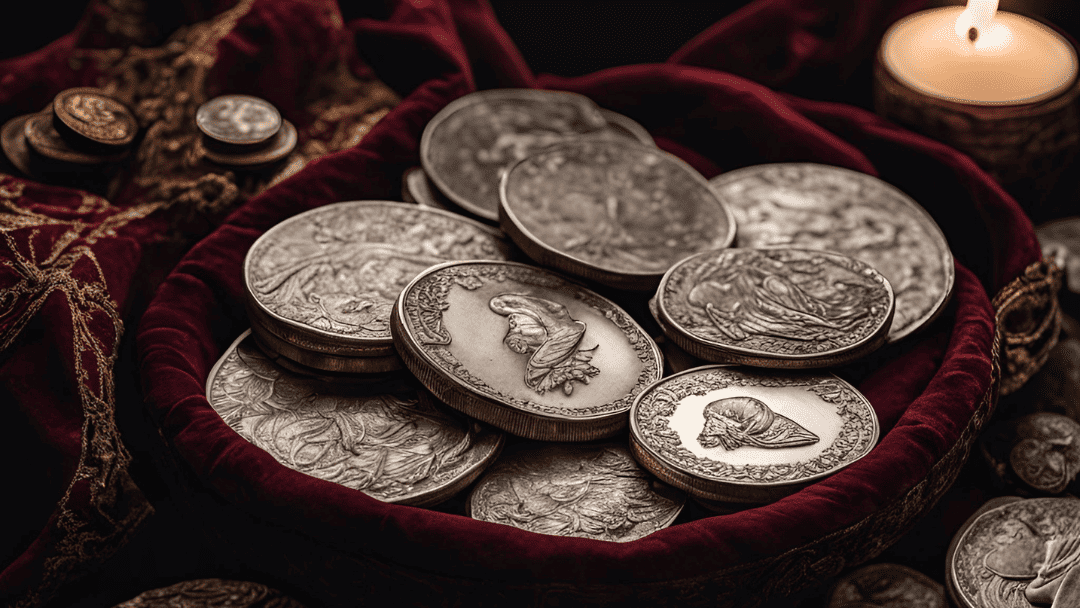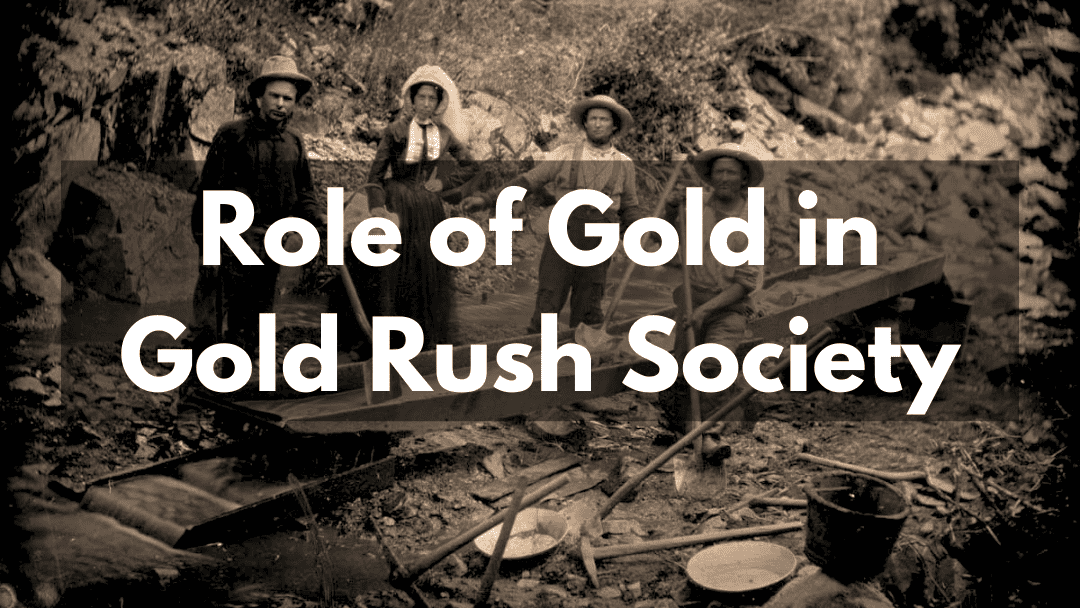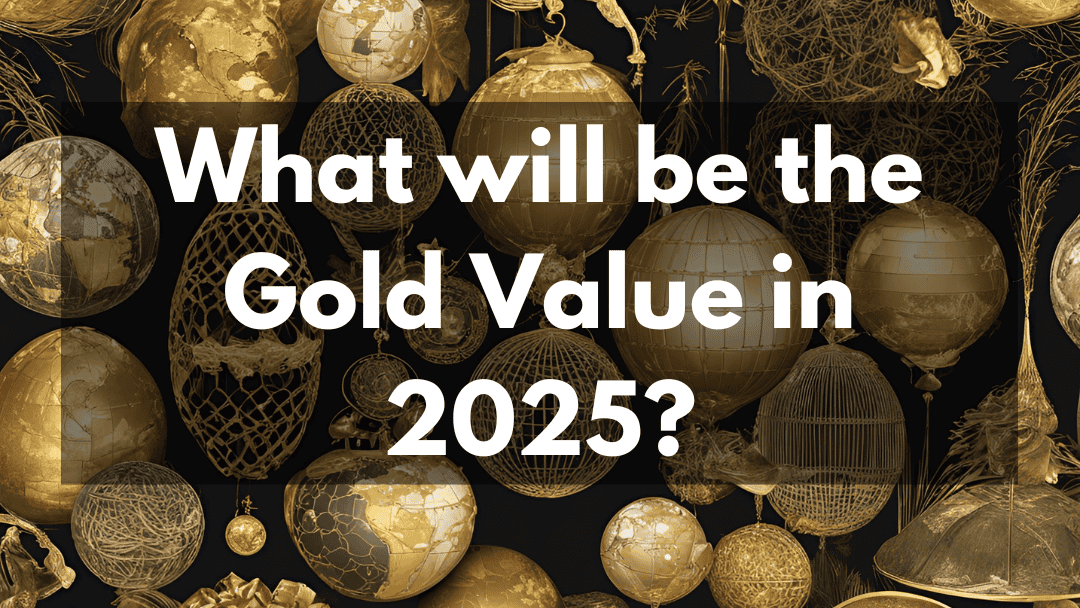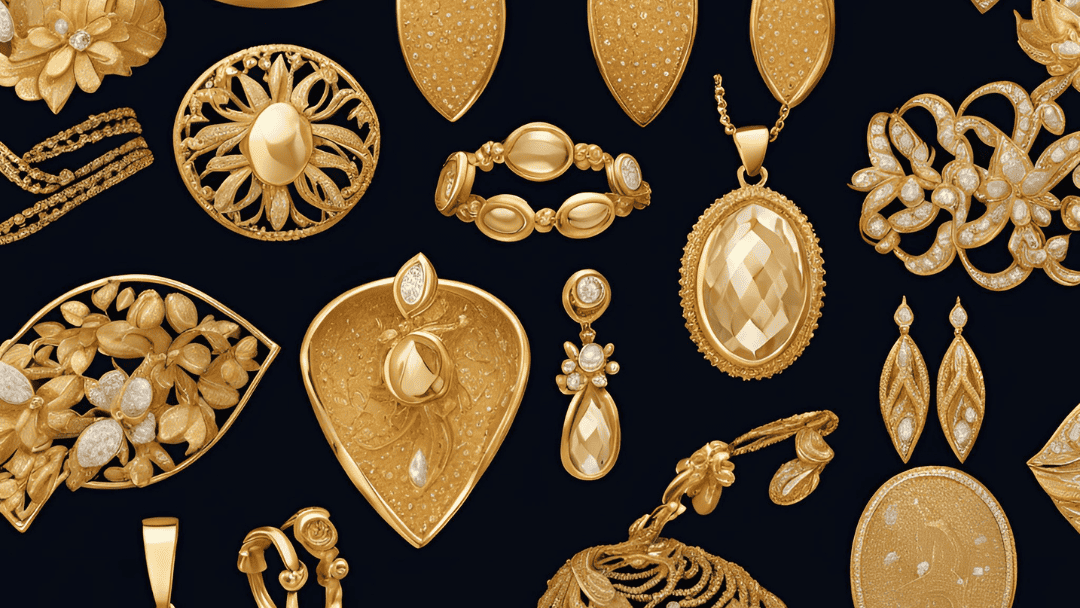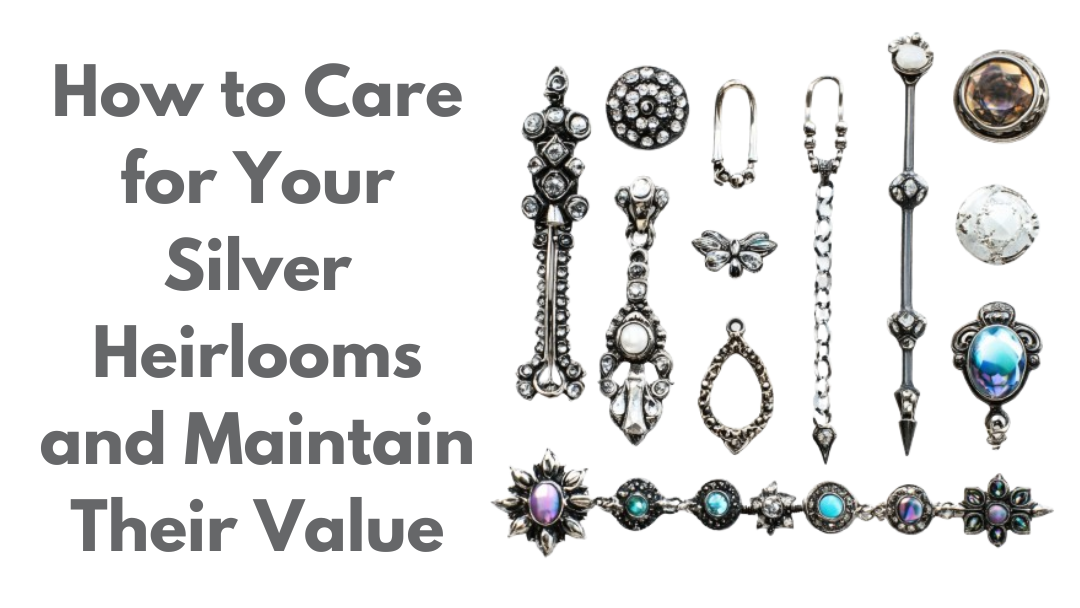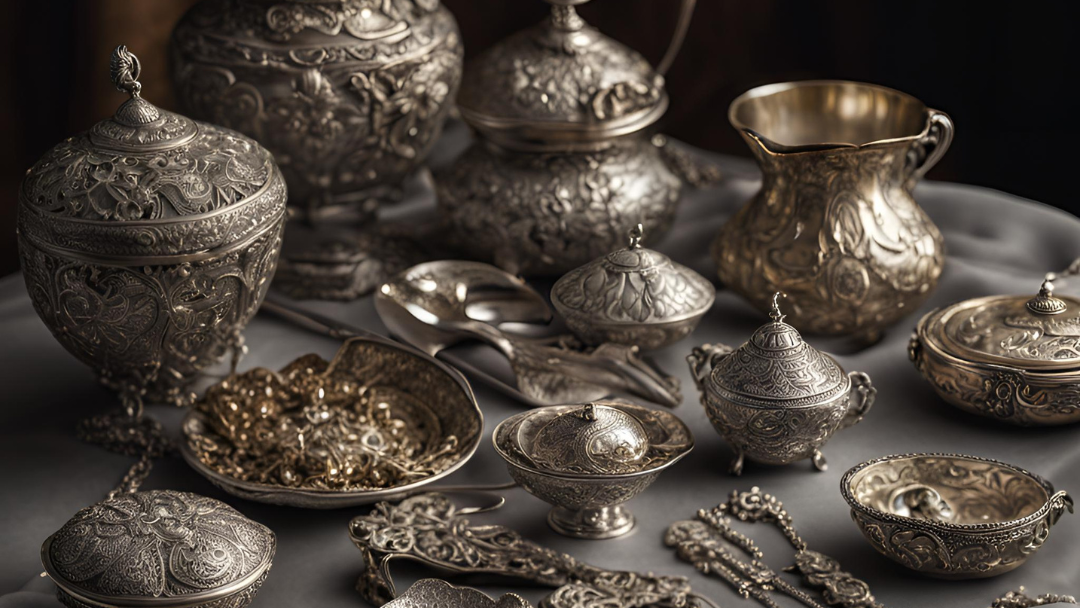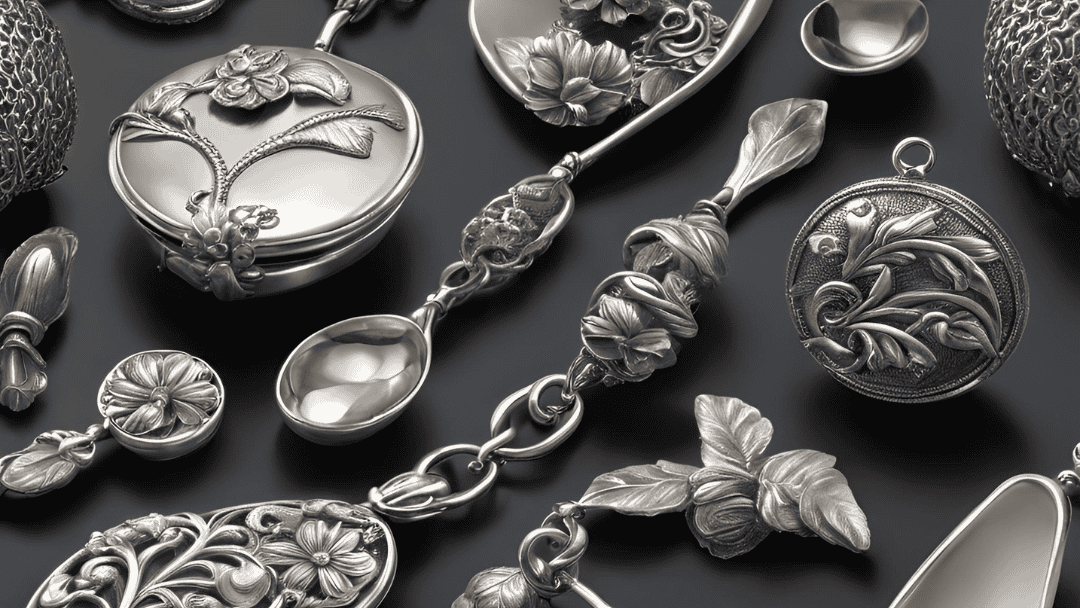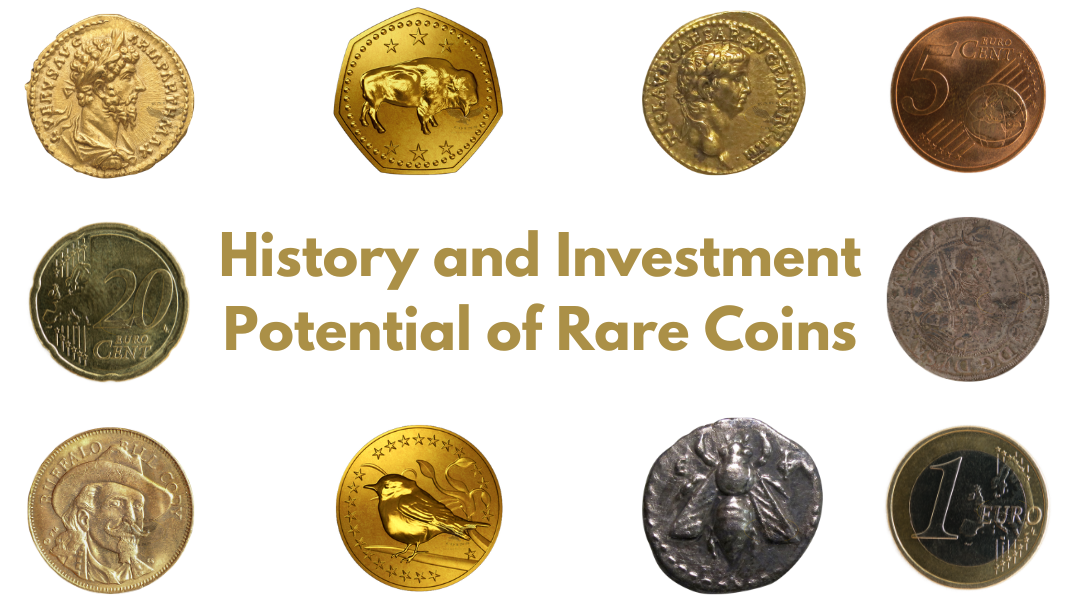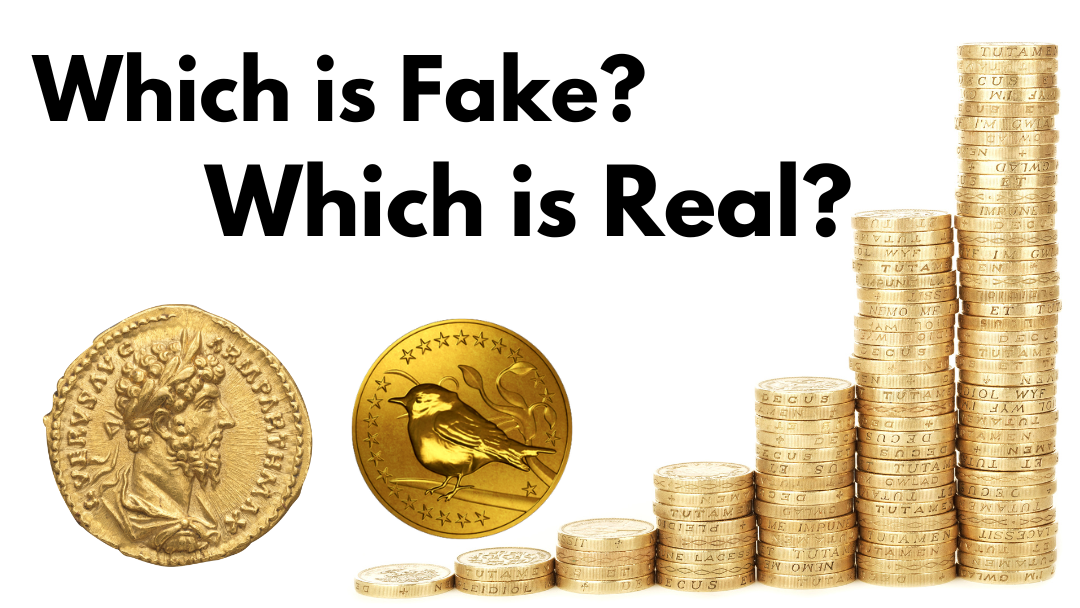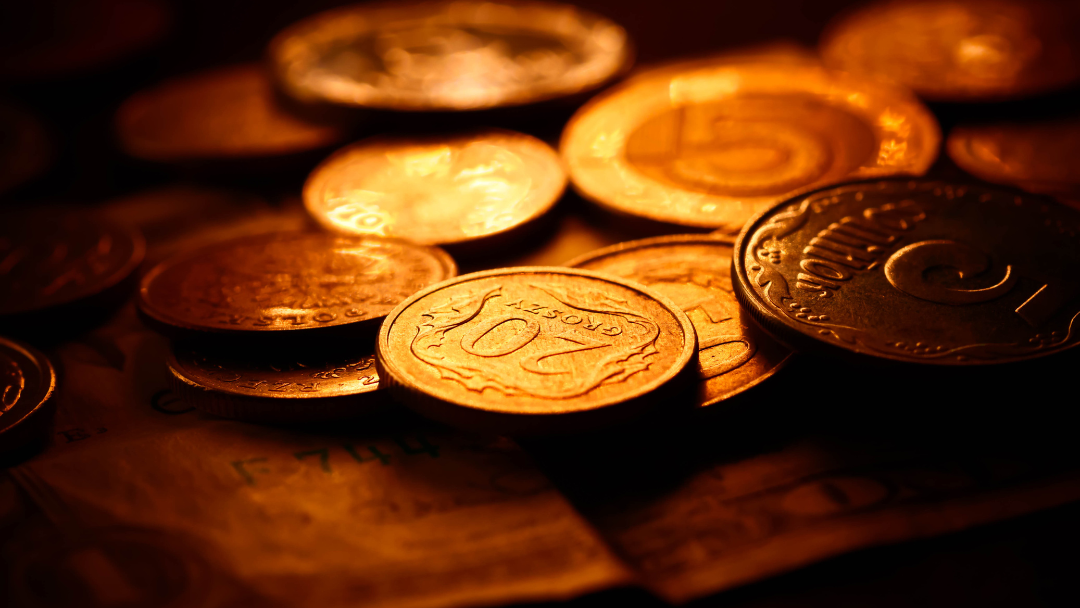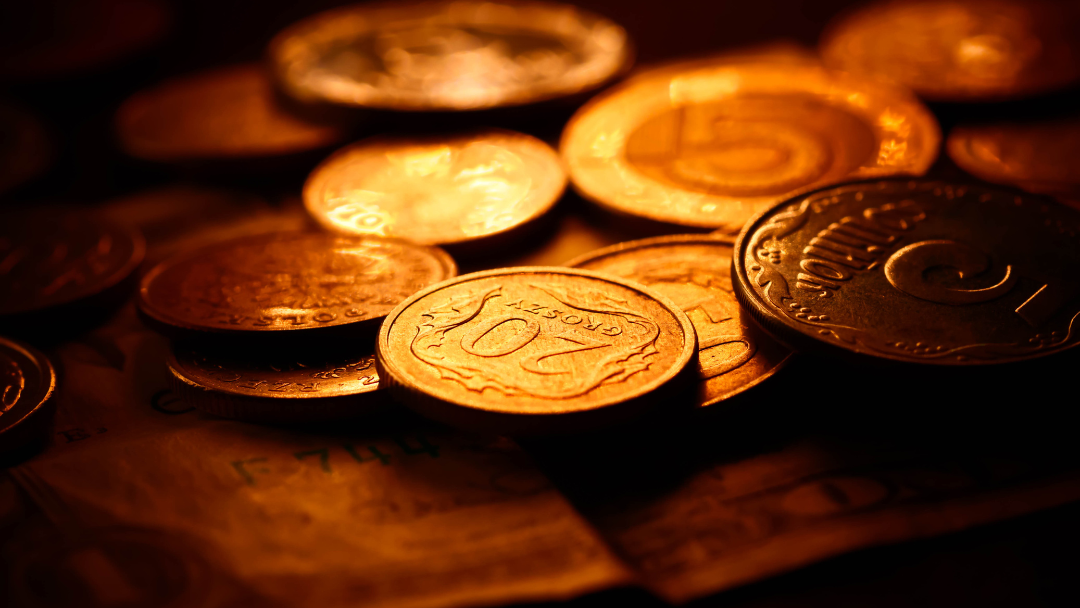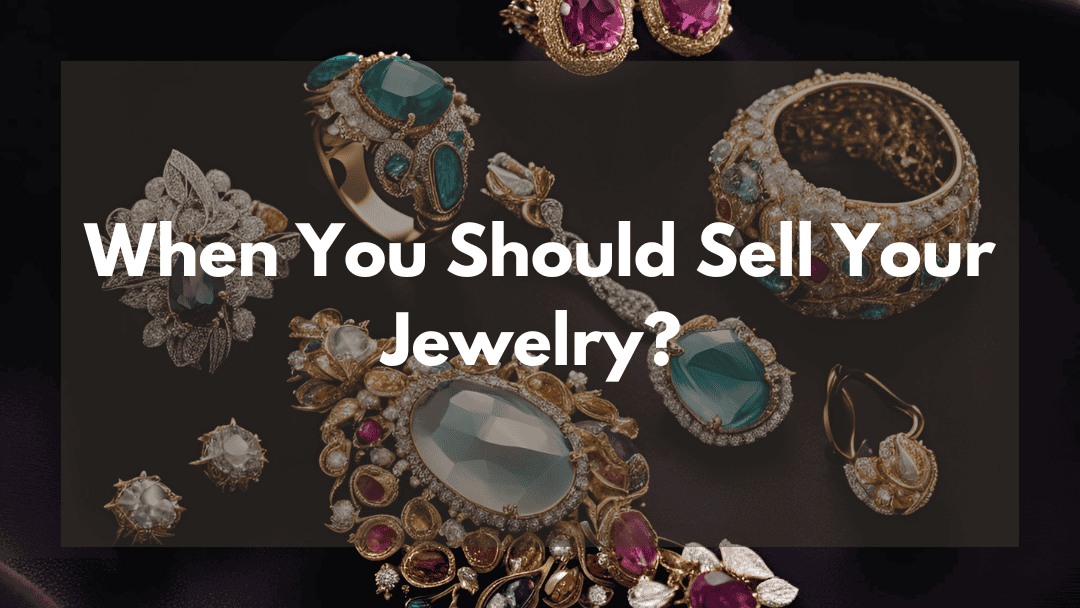
Have you ever looked at that old, broken gold chain sitting in your jewelry box and wondered if it could be worth something? You’re not alone. Many of us overlook the value hidden in our forgotten gold pieces. With gold prices on the rise, there’s never been a better time to sell gold jewelry. But here’s the catch: not all sales are equal. If you want to make the most of your gold jewelry, knowing when, where, and how to sell is essential.
Why Timing Is Everything
Gold prices don’t stay the same, they fluctuate based on global markets, economic conditions, and even currency rates. If you’ve been waiting for the right moment, pay attention to market trends. Gold often sees a price surge during times of economic uncertainty.
Take 2020, for instance. During the pandemic, gold prices hit record highs as investors sought safer assets. While prices have leveled out since then, keeping an eye on current rates could save you from selling during a downturn. You can check daily price updates on trusted websites or speak with local gold buyers to stay informed.
What Determines the Value of Your Gold?
Before you rush to sell gold jewelry, you need to understand what your jewelry is worth. The value of gold depends on three main factors:
- Purity: Gold is measured in karats, with 24K being pure gold. Most jewelry falls between 10K and 22K. Higher karat pieces are naturally worth more.
- Weight: Even the smallest gold items can add up. Gold is measured in grams or ounces, so that delicate chain might be more valuable than you think.
- Market Price: Gold prices are always shifting. Make sure you know the current market rate before getting a quote.
Pro Tip: If you’re unsure about your jewelry’s weight or purity, use a jewelry scale at home or visit a buyer who offers free appraisals.
The Best Places to Sell Gold Jewelry
Not all buyers are created equal, and your choice of where to sell gold jewelry can make a big difference in your payout. Here’s a breakdown:
1. Local Gold Buyers
Selling to local gold buyers, like Eagle Coins Gold and Silver Buying, means you get a face-to-face appraisal and immediate cash. They’re a great option if you value transparency and want to avoid shipping risks.
Why Choose This Option?
- Instant payment
- Personalized appraisals
- Opportunity to negotiate
2. Pawn Shops
Pawn shops can provide quick cash, but they typically offer less than gold-specific buyers. If you’re in a hurry and willing to accept a lower payout, this could work for you.
3. Online Buyers
Websites and platforms that specialize in buying gold offer convenience. You send your items, get a quote, and receive payment electronically. Just keep in mind that shipping adds time, and there’s always a small risk involved.
Pro Tip: Always read reviews and check the reputation of any online buyer before shipping your jewelry.
How to Get the Best Price
Here are a few tips to make sure you get the most for your gold:
- Compare Offers: Don’t accept the first offer you get. Shop around as different buyers might offer different prices based on their margins.
- Know the Melt Value: Gold buyers base their offers on the melt value, which is the value of the gold itself after it’s melted down. If your piece has sentimental or designer value, it could be worth more to the right buyer.
- Clean Your Jewelry: While cleanliness doesn’t affect the gold’s value, it can leave a good impression on buyers and make the appraisal process smoother.
- Skip the Middleman: Avoid selling through intermediaries who take a cut of your payout. Direct buyers often offer better prices.
- Choose Trusted Buyers: Look for established businesses with strong reviews and transparent practices.
Red Flags to Avoid
Unfortunately, not all buyers play fair. Watch out for:
- High-pressure tactics to accept a lowball offer
- Hidden fees for appraisals or transactions
- Buyers who can’t explain how they calculated their offer
A reputable buyer will walk you through the process and ensure their pricing is clear and fair.
Final Thoughts
Selling gold jewelry isn’t just about making extra cash, it’s about maximizing the value of something you no longer use. Timing your sale, understanding your jewelry’s worth, and choosing the right buyer can make all the difference. With trusted local options like Eagle Coins Gold and Silver Buying, turning your gold into cash has never been easier.
So, the next time you see that neglected piece of jewelry, remember: it’s more valuable than you think. Why let it sit there when it could be putting money in your pocket?

